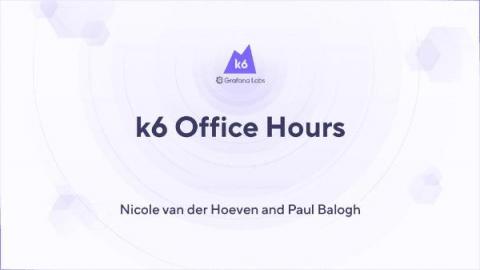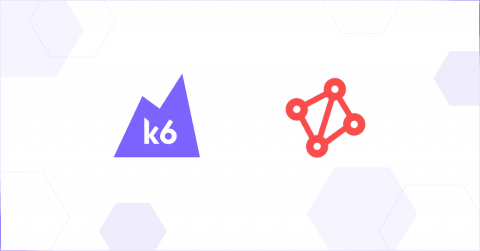Systems | Development | Analytics | API | Testing
k6
How to run a load test with the k6 Cloud Test Builder
Load testing results in the k6 Cloud App for Grafana, with Edgar Fisher (k6 Office Hours #49)
Private load zones for load testing on the cloud
Have you ever wanted to load test an application behind a corporate firewall? If so, you probably ran into a few issues. Load testing on the cloud can be the most cost-effective way to run a load test, but not if the application isn't publicly accessible. Recently, we released a new feature for k6 Cloud that allows you to run load tests on your own private load zones. But first, does it really matter where load is generated from?
Growing Pains in the Backend
In last week's office hours, Nicole and Paul sat down with engineering manager Marko Pandurovic to discuss the ever-evolving k6 backend. All systems turn more complex with time, and the k6 backend is no exception.
Building reliable systems with k6 Backend Lead Marko Pandurovic (k6 Office Hours #48)
Ways to visualize k6 results
A k6 load test can generate a ton of data. Without a way to organize the data, you'll struggle to analyze test results. Fortunately, there are many ways to turn results into data-rich visualizations.
There's more than Performance Testing - Chaos Engineering with k6 and Steadybit
Software development is entirely different today than it was a few years ago. Back then, we usually had a big monolith running on our own hardware. We mainly did performance tests to see if the hardware resources were sufficient to handle the load. Today, we develop software in a distributed environment with multiple services which may even run on different cloud platforms. With performance testing, we try to identify performance and resilience issues in these kinds of environments.










